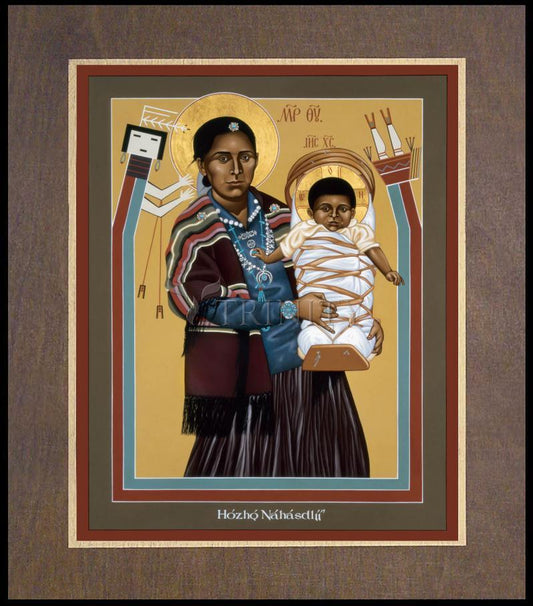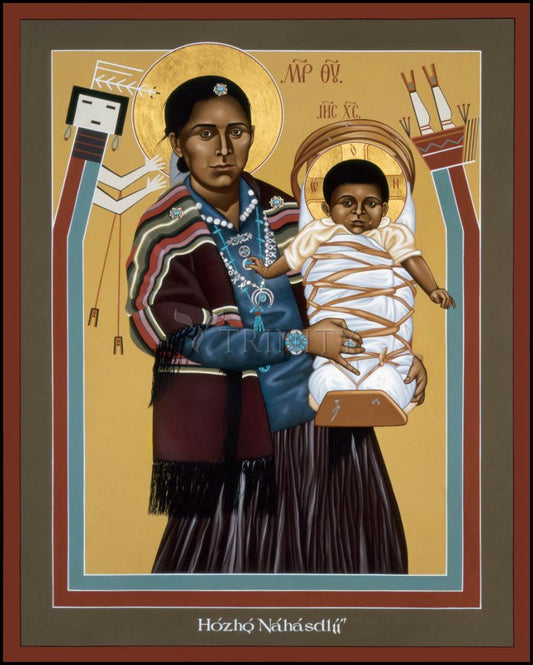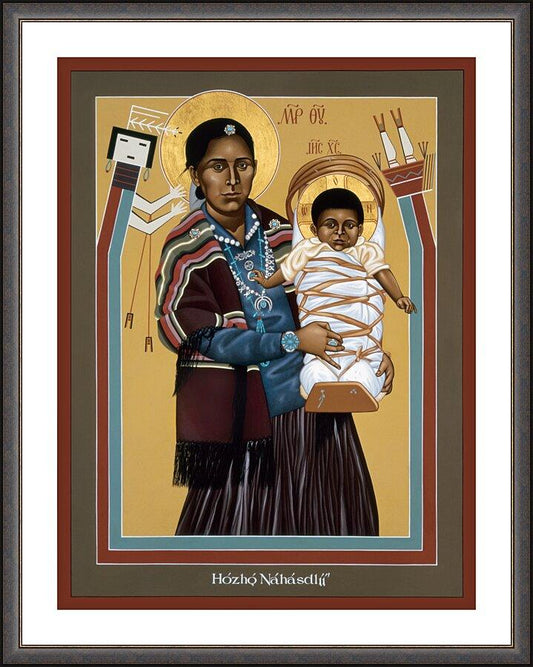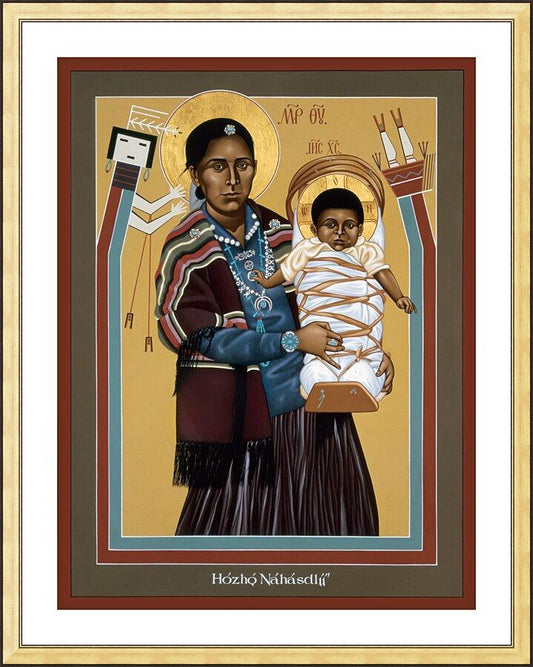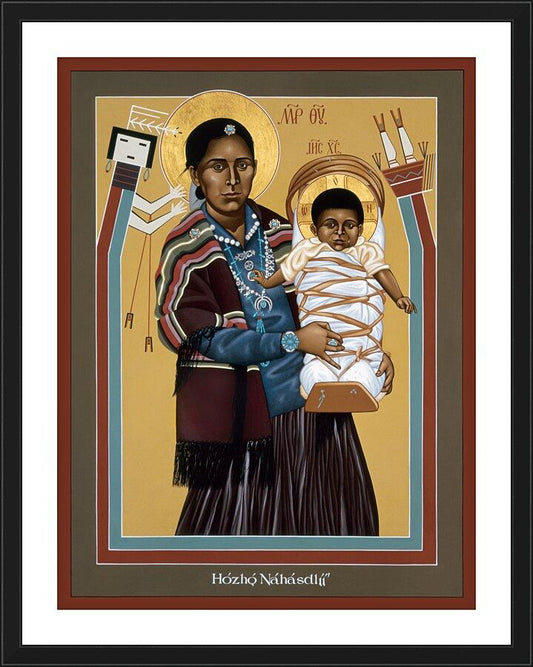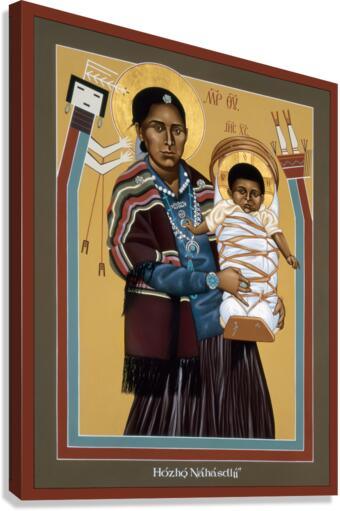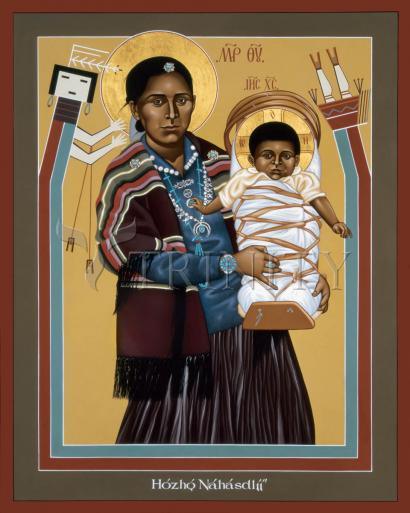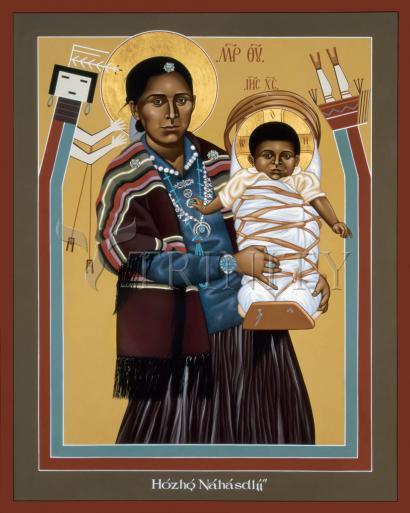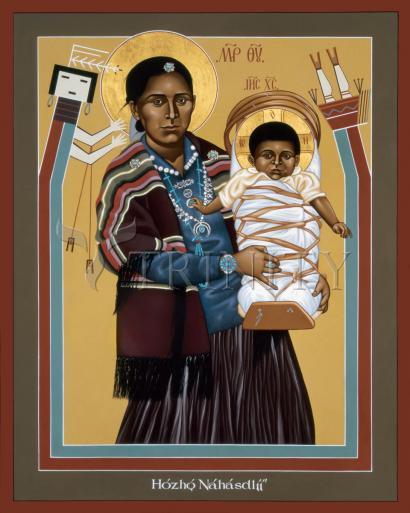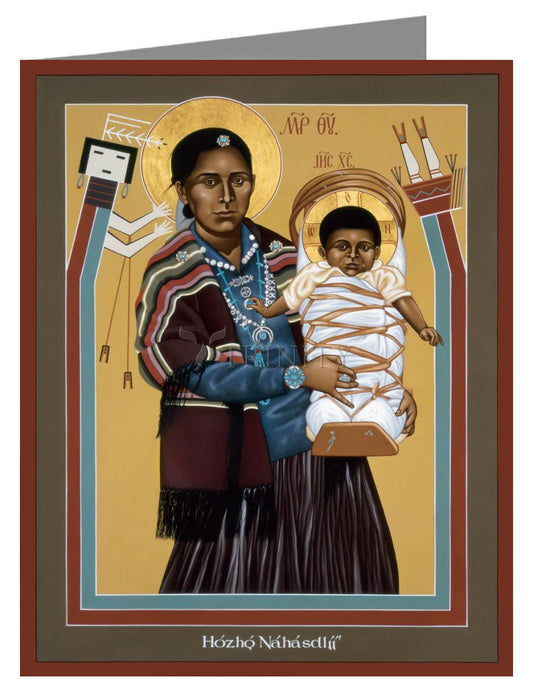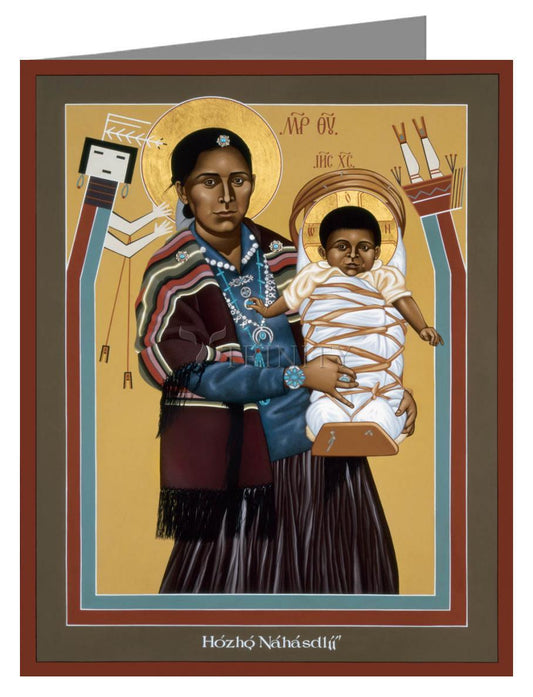The Navajo Indians are the largest federally recognized Native American Indian tribe in the United States. Their reservation is spread out throughout the four corners of Arizona, New Mexico, Utah and Colorado.
The Navajo use the name Dine because it refers to a term from the Navajo language that means people. The first Navajo Indians lived in the western part of Canada a little over a thousand years ago. They belonged to an American Indian group called the Athapaskans. The Navajo Indian tribes began to travel south, and most settled along the Pacific Ocean. Their tribe today is called the Northwest Coast Indian Tribe.
The Navajo Indians who settled in southern Arizona and New Mexico then became the different Apache tribes. When they reached the Southwest, they began to learn a lot of things from the Pueblo Indians. They learned weaving, how to make clothing, and art. By the 1600s the Navajo had become capable of raising their own food, and making their own blankets, clothes etc. The Navajo Indians lived in homes called hogans, which were made from wooden poles, tree bark, and mud. The hogans were always made to face the east for sunlight. The Navajo Indian tribes made summer and winter hogans. The summer hogans would have one side of the home completely open. The winter hogans were built more weatherproof with mud, and partly stone.
The Navajo Indian were hunters and gatherers until they came in contact with the Pueblos, and the Spanish. They then learned the techniques from the Pueblos and the Spanish to grow corn, beans and squash. They eventually got into trade, trading blankets they made from wool, clothing, and cattle. Navajo Indian men were the political leaders, hunters, and the warriors. The Navajo Indian women were the farmers; they tended the livestock, did most of the cooking and took care of the children.
The Navajos base their way of life on a belief that the physical and spiritual world blend together and everything on earth is alive and their relative. They worship the winds, sun, and watercourses. The Navajo are also cautious about death, and rarely talk about it. The Navajo Indians have two big kinds of ceremonies; one is the Blessing Way, which keeps them on the path of wisdom and happiness. The second major kind of ceremony is the Enemy way. The Enemy Way is to discourage evil spirits and eliminate ghosts.



